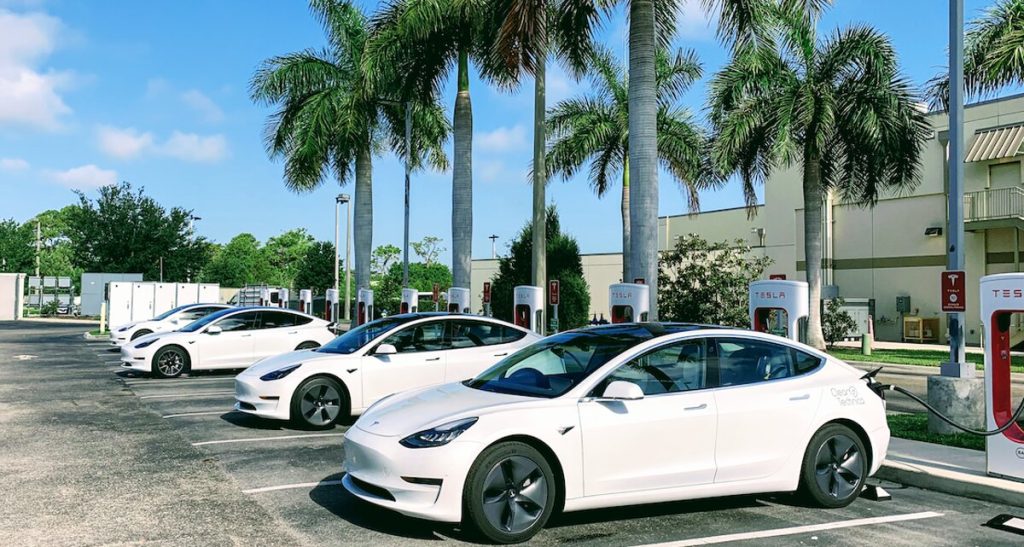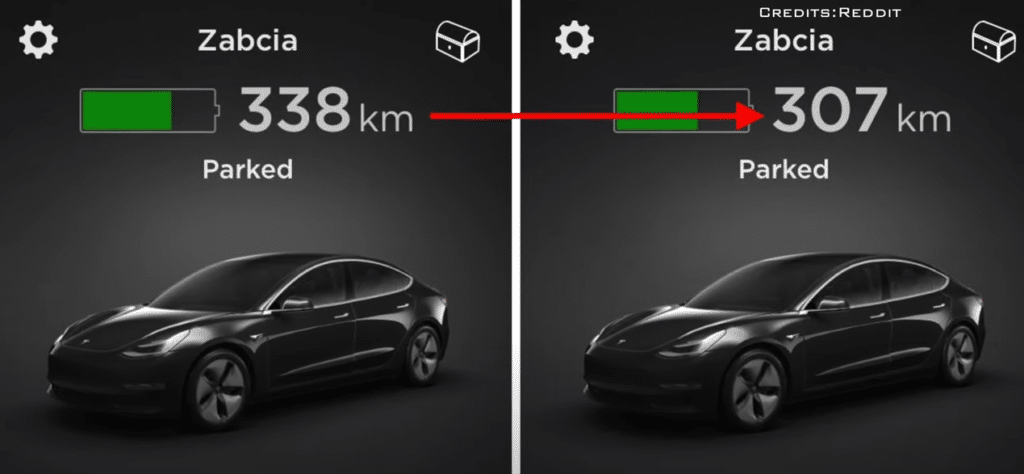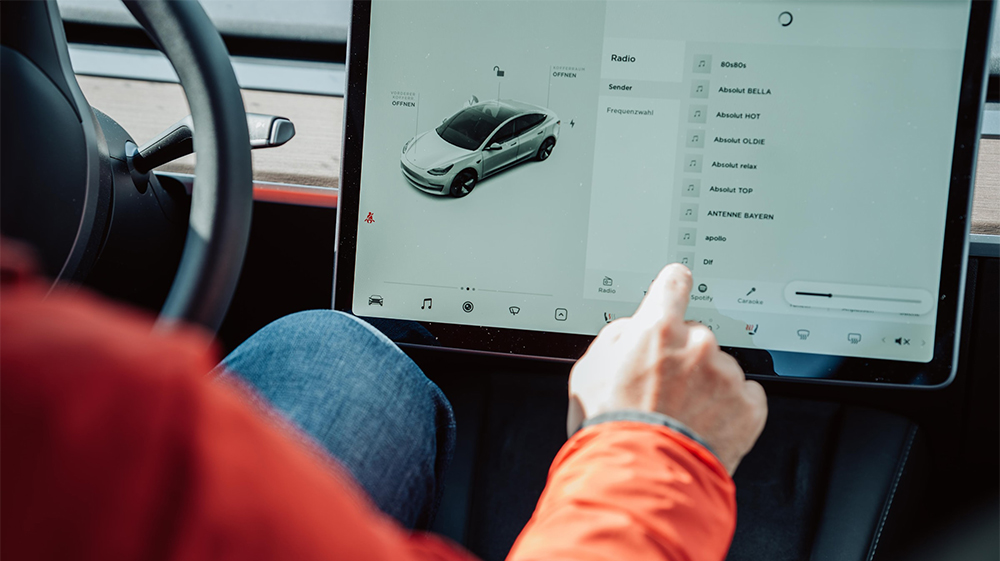Whether it’s a vacation, a business trip, or seasonal storage, Tesla owners may need to park their vehicles for extended periods.
This guide provides tips on preparing your Tesla for long term parking, maintaining its battery health, securing the vehicle, and restarting it after an extended stay.
Let’s dive into the key technical aspects and some tips when parking your Tesla for extended periods.
Preparation Before Parking a Tesla for an Extended Period

Before leaving your Tesla parked for a long duration, perform these tasks:
- Inspection: Clean both the interior and exterior of your Tesla. Remove debris that might scratch the paint or interior surfaces. Check for signs of wear or damage and address them before parking.
- Fluid Levels and Tire Pressure: Ensure all fluids, especially the windshield washer fluid, are topped up. Inflate the tires slightly above the recommended pressure to avoid flat spots and undue stress on the wheels.
- Software Update: Update your Tesla’s software to the latest version. This ensures all the latest features and bug fixes are applied, enhancing security and functionality.
Tesla Long Term Parking: Battery Maintenance and Preservation While Parked

A Tesla’s battery is its most crucial component, and proper care is essential for long-term parking.
To preserve the battery, follow these guidelines:
- Keeping the Vehicle Plugged In: Keep your Tesla plugged in during the parking period. This helps manage the battery’s optimal charge level automatically.
- Charge Level Management: Maintain a charge level between 50% and 80%. This range is ideal for preserving the battery’s long-term health, preventing overcharging and deep discharging.
- Energy Saving Settings: Activate ‘Energy Saving’ mode to minimize energy consumption. This setting reduces the drain on the battery by limiting the energy used by the vehicle’s systems.
Optimum Charge Level for Long-Term Parking
Tesla recommends maintaining a battery charge level of 50% to 80% when parking your vehicle for an extended period. This charge range ensures the battery’s longevity and prevents potential damage due to overcharging or deep discharge.
Best Practices for Protecting Tires, Brakes, and Other Systems
To safeguard your Tesla’s tires, brakes, and other systems during long-term parking, follow these practices:
- Tire Care: Maintain the correct pressure. Consider using tire cradles or over-inflated tires if parked for several months to prevent flat spots.
- Brake Care: Engage the parking brake to secure the vehicle. For very long durations, release the parking brake and use wheel chocks to avoid brake seizing.
- Car Cover: Use a high-quality, breathable car cover to protect the paintwork and body from dust, debris, and environmental elements.
Security Considerations for Parked Electric Cars
Take appropriate security measures when leaving your Tesla parked for an extended duration:
- Parking Location: Choose a secure, ideally covered, parking location to reduce exposure to potential threats and environmental factors.
- Sentry Mode: Enable Sentry Mode. This uses the vehicle’s cameras to monitor and record the surroundings, enhancing security against theft or vandalism.
- Anti-Theft Devices: Use additional security measures such as steering wheel locks or security alarms as deterrents against theft.
Restarting a Parked Tesla:
Upon restarting your Tesla after long-term parking, the displayed battery charge level may be inaccurate.
Fully charge the battery to allow the vehicle’s battery management system (BMS) to recalibrate. Afterward, the displayed charge level should accurately reflect the battery’s state of charge.

Closing Thoughts
Proper preparation and maintenance are essential when parking your Tesla for an extended period.
By following these guidelines, you can ensure your vehicle remains in optimal condition and is ready to hit the road when you return.
Check your Tesla’s systems, including the battery and tires, before resuming regular use. Enjoy a seamless transition back to driving your electric vehicle.

